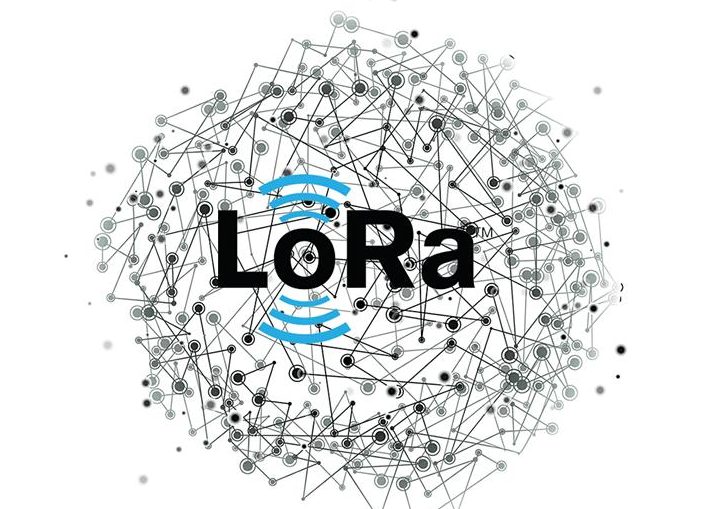The IoT industry is no stranger to FSK and LoRa wireless communications. They are the most widely used IoT technologies. The word LoRa is taken from the first letters Lo and Ra of the two English words Long Range, which means “far distance”. LoRa is originally based on the principle of FSK communication, but it is an innovative linear frequency modulation spread spectrum physical layer modulation technology.
In 2012, Semtech, the world’s leading supplier of semiconductor products and solutions, combined this modulation technology with its deep RF and mixed-signal chip technology to launch a series of chips with low power consumption, long range and high flexibility. And named “LoRa”. In recent years, Semtech has continuously optimized chips, software and cloud/intelligence based on LoRa technology, and developed a complete set of LoRa communication chip solutions, including different LoRa chips for gateways and terminals, opening up the global market for LoRa chips. The popular road to productization.
With the accelerated development of IoT applications and markets, various IoT technologies are also emerging and developing at an accelerated pace. The demand for low-cost, high-performance IoT link technologies is gradually increasing, while traditional small wireless technologies have been growing rapidly in the past 10 years. Over the years, technology has stagnated and it has gradually been unable to meet market demand. In response to this demand, Semtech developed the high-performance, low-cost, and more stable LoRa Core LLCC68 chip to assist the development of the traditional small wireless link market.

What are the characteristics of LoRa Core LLCC68 chip?
1.Longer communication interval:
Compared with traditional FSK technology, LoRa’s sensitivity is closer to the theoretical limit of Shannon’s theorem and breaks the implementation limit of the traditional FSK narrowband system.
2. Stronger anti-interference ability:
LoRa uses spread spectrum technology, which can operate normally up to 20dB below noise (LLCC68 supports below 17.5dB), while FSK theoretically needs 8dB above noise to ensure the required PER; LoRa can tolerate stronger bursts. Sporadic random interference, if the burst length is < ½ LoRa symbol length, the sensitivity degradation will be <3dB, and the interference duty cycle will be <50%.
3. Low power consumption throughout:
The sleep current of the LLCC68 device is less than 1uA, the transmitting current during operation is 45mA@17dBm, and the receiving current is only 5mA. Due to the adoption of Semtech’s innovative LoRa CAD technology, the entire wake-up process only requires about 2 symbol times, of which about 1 symbol is received (receiving current), and 1 symbol is calculated at a time when the current is 50% of the received mode. %about. However, at the same speed, FSK generally requires 3 bytes or more of the preamble for reception synchronization, and the reception window needs to be opened for more than 5ms; at the same speed, when executing periodic listening (WOR), LoRa’s battery life is that of FSK 3 to 4 times.
4. Greater network capacity:
LoRa’s communication in the same frequency band is similar to code division multiplexing. Different spreading factors in the same frequency band will not interfere with each other. This is due to LoRa’s packet sending frequency at the node, the length of the data packet, the signal quality and the speed of the node, the number of available channels, and the base station. /Comprehensive innovation and optimization of network capacity determinants such as gateway density, signaling overhead and number of retransmissions. It is precisely based on these characteristics that LoRa can easily complete on-demand deployment.
What advantages does the LoRa Core LLCC68 chip have?
1. LLCC68 supports both LoRa mode and FSK mode
2. Compared with traditional small wireless products, the FSK form of LLCC68 has higher sensitivity
3. LLCC68’s LoRa mode supports more complete functions and solutions
LoRa Core LLCC68 can well meet the various wireless transmission needs of the market. Its target application markets include:
Existing FSK small wireless mall
Smart home applications based on LoRa
Industrial control scenarios that require anti-interference, long distance and real-time performance. Scenarios where the original LoRa does not require ultra-long distance.
Ebyte’s recently launched E220 series uses Semtech’s latest generation LORA chip design LLCC68, which has the characteristics of low cost, small size, low power consumption, long communication distance, and strong anti-interference ability. Without sacrificing LoRa characteristics, Lowers the threshold for lora application.
Keywords in this article: Network IO controller